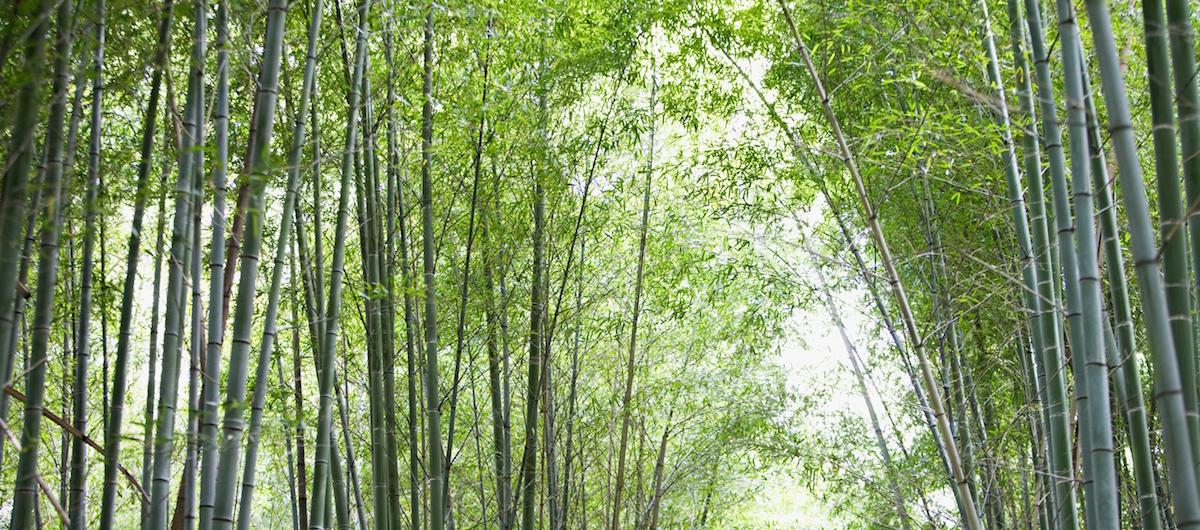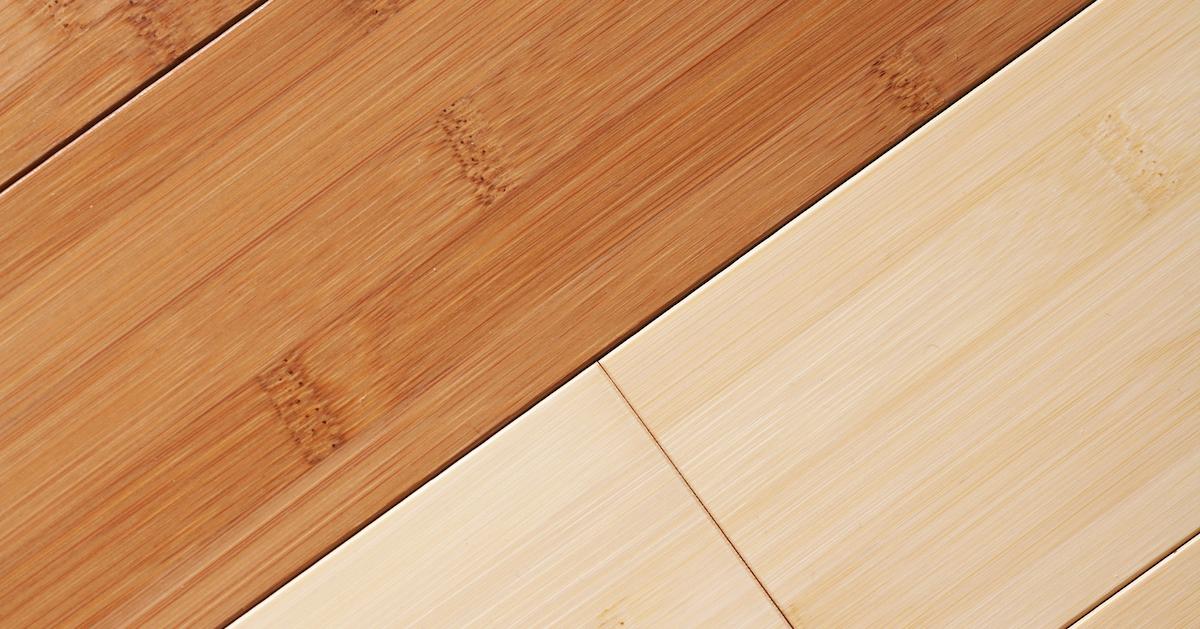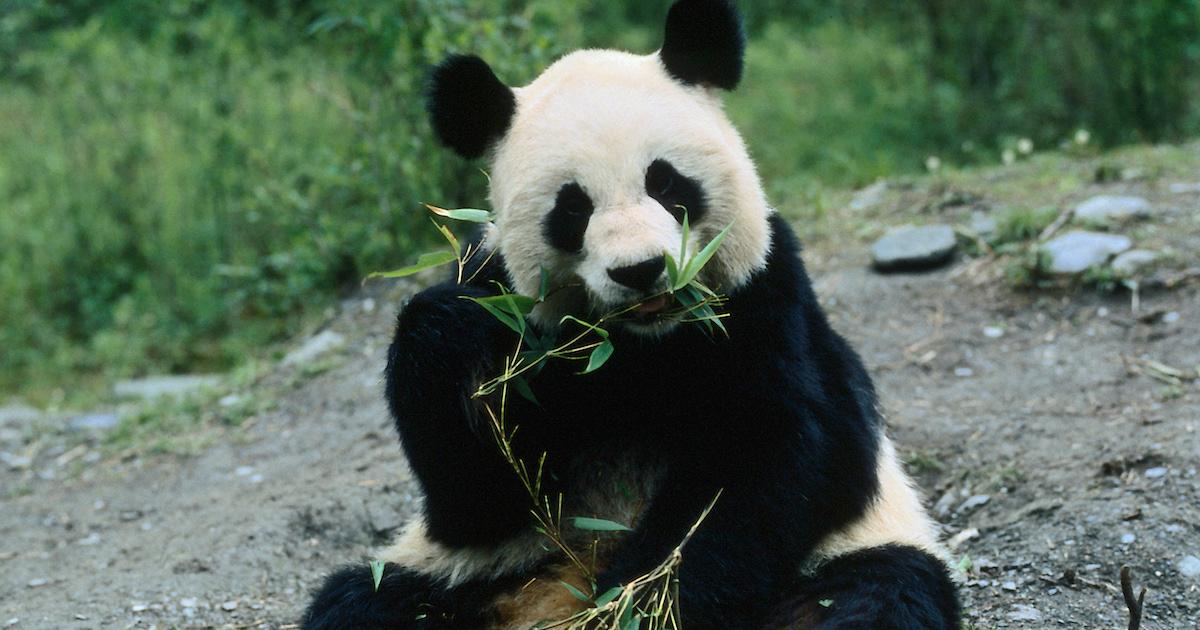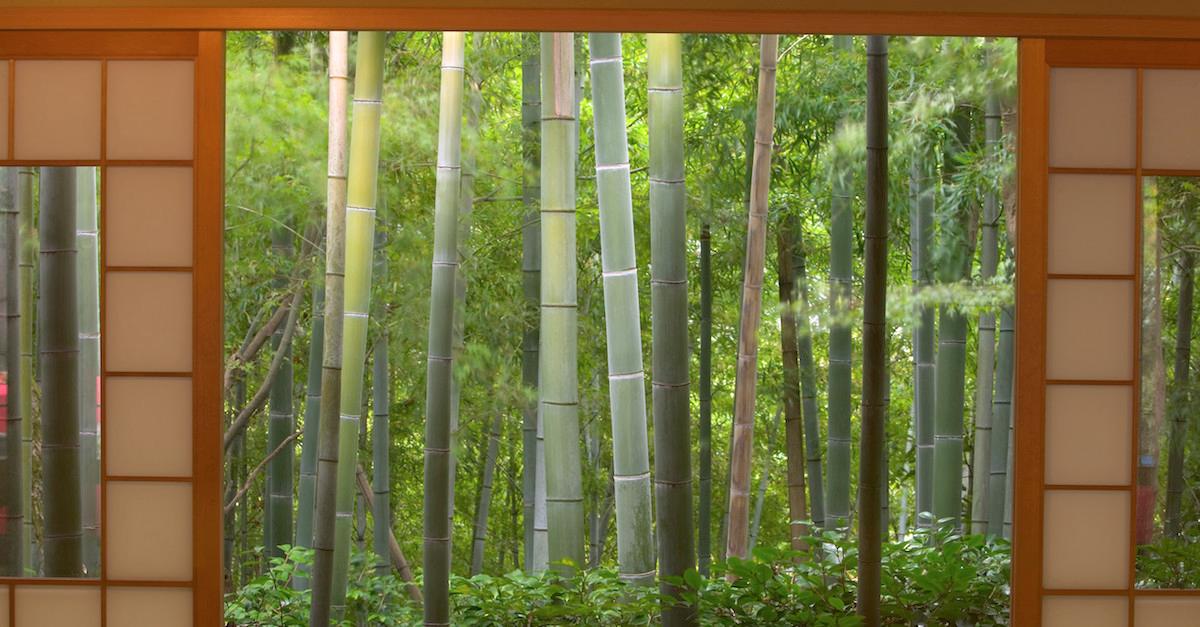What Makes Bamboo Sustainable?
Published Jan. 19 2021, 3:03 p.m. ET

Despite the fact that some plants can grow as tall as the tallest trees, bamboo isn’t actually a tree. It is, in fact, a grass, and one of the most persistent and versatile grasses on the planet. It grows exceptionally fast and can be made into anything from homes to hosiery. It’s naturally renewable and requires little maintenance to farm. But do these virtues fully explain why bamboo is sustainable or are there additional, unseen factors left to consider?

What is bamboo?
According to Britannica, bamboo is a tree-like member of the Poaceae family. There are more than 1,400 different species of bamboo in existence, though the largest concentration of these species can be found in Southeast Asia. In addition to Asia, bamboo is able to grow in Africa, Australia, Latin America, and southern regions of the U.S., though it has been known to grow in colder climates as well.
Humans have been eating and building with bamboo for thousands of years, according to Forever Bamboo. However, the culinary and constructive uses of this sturdy plant are not its only virtues. Bamboo’s sustainability lies in its versatility, and as it happens, you can make a heck of a lot of things out of bamboo.

Why is bamboo sustainable?
Bamboo is sustainable for several reasons. First, it’s darn easy to grow. Bamboo farmers need not do much to ensure a bumper crop. Pesticides and complex fertilizers are all but unnecessary. This is because bamboo self-regenerates from its roots, which can thrive in even the most shallow, rocky soil.
Bamboo is strong — stronger than steel, in fact. According to Interesting Engineering, bamboo has a tensile strength of 28,000 pounds per square inch. Steel only has a tensile strength of 23,000 pounds per squre inch. Despite its size and strength, bamboo is also relatively easy to transport, even in very rural areas. All of this, combined, makes bamboo an ideal construction material.
As if all of that were not enough, bamboo grows to its maximum height within one growing season. Even if the wood is culled and used for lumber, it will regenerate and return the next season just as strong as before. This means that bamboo is more sustainable than some hardwood trees, which, according to SFGate, can take over 100 years to reach maturity.
What can bamboo be made into?
Bamboo has been used to make countless things. It can be turned into flooring, furniture, irrigation systems, weapons, boats, bridges, and musical instruments. It can be used to feed livestock and other animals. (Pandas are particularly fond of the stuff.) It can be woven into mats, molded into coffee cups, utensils, and tableware, or pulped and extruded as a replacement for plastic straws.
Artists have carved it into beautiful artwork, chefs have incorporated certain edible varieties into dishes, and enterprising environmentalists have found ways to turn it into a sustainable fabric. There seems to be no limit to what bamboo can do.

Is bamboo good for the environment?
Bamboo may not actually be a tree, but it is still a plant. Plants produce oxygen and absorb excess carbon dioxide from the atmosphere. According to The Guardian, bamboo produces 35 percent more oxygen than a tree of equivalent mass. It can also absorb as much as 12 tons of carbon dioxide per hectare per year.
Another interesting and sustainable facet of bamboo has to do with its remarkable root system we mentioned earlier. Harvested bamboo regrows naturally from its own root system, which means it does not have to be planted again. This means no excess tilling and no soil erosion. This all translates into a fair degree of soil conservation, which aids in water absorption and all-around stability wherever bamboo groves flourish.
Let’s check it all off: bamboo grows fast, has a thousand and one uses, can be harvested yearly without damage to the soil or environment, and aids in global carbon absorption — what’s not to love?

In what ways is bamboo unsustainable?
Despite these many benefits, there are bound to be some downsides to the potential “production” of bamboo. Like so many cash crops, bamboo groves are being planted at an alarming rate these days. In order to facilitate this, large swaths of land have to be cleared away and replanted with bamboo. As a result, the existing wildlife is either destroyed or left homeless.
The other problem with this has to do with the fact that most bamboo crops are planted as a monoculture. This means that wherever bamboo is planted, all other varieties of plant life are invariably removed. A recent article by the China Digital Times highlights this growing problem in China today.
Monocultures and the act of monocropping can create problems with diversity within an ecosystem. Similar concerns were raised about this practice with regards to the fields of avocado trees planted in South America and the wide expanses of corn in North America.

Is bamboo really eco-friendly?
As with many sustainable materials, the catch has everything to do with moderation. A crop can be 100 percent sustainable on paper, but if it is overfarmed, overused, or otherwise manipulated by the greedy hands of human industry, it can become as big a problem as any other non-sustainable material.
Determining bamboo’s sustainability means understanding where it came from and how it was grown, harvested, hauled, and developed into products. This is why it’s important to pay attention to the sourcing and origin of so-called sustainable products. The story of an item can tell you a great deal about its actual, rather than its perceived, eco-friendliness.